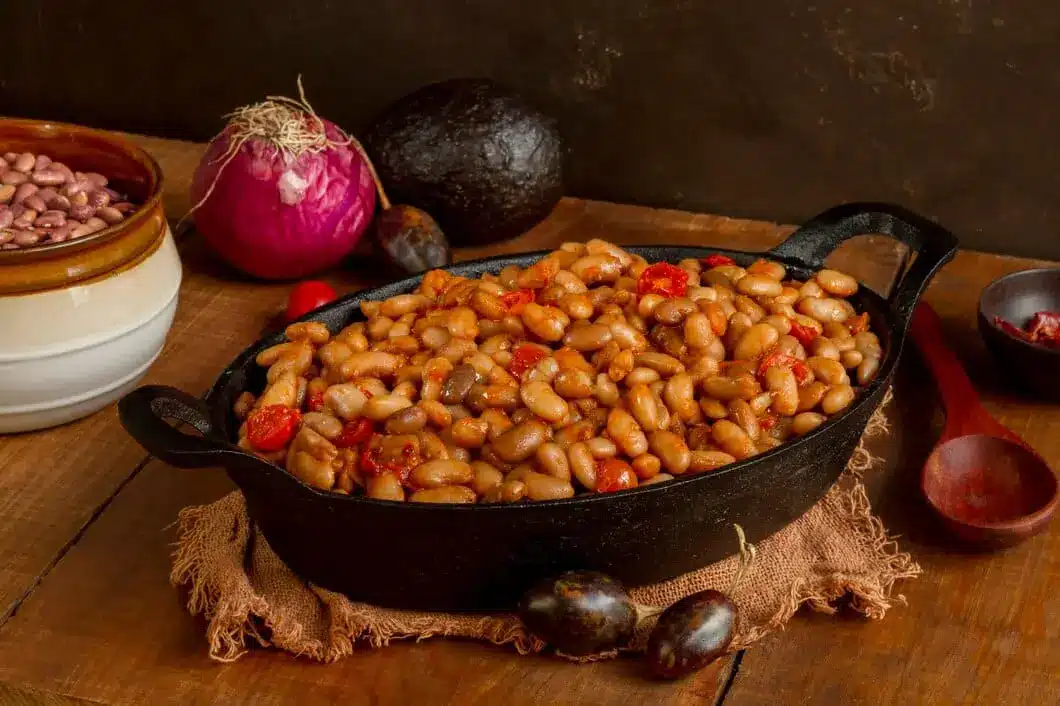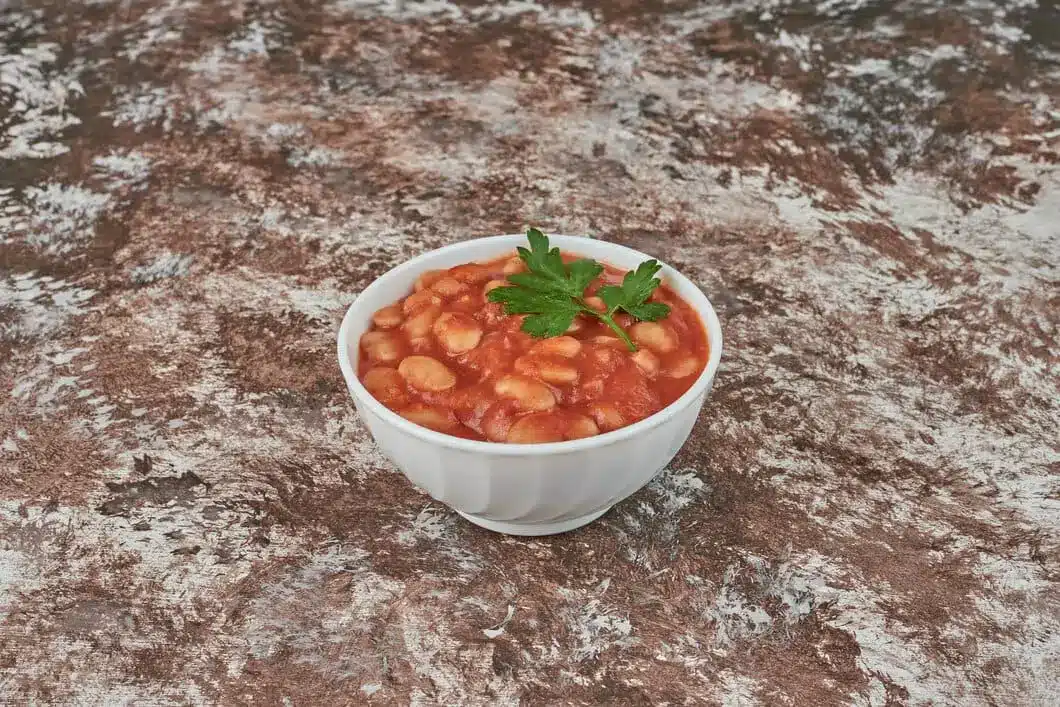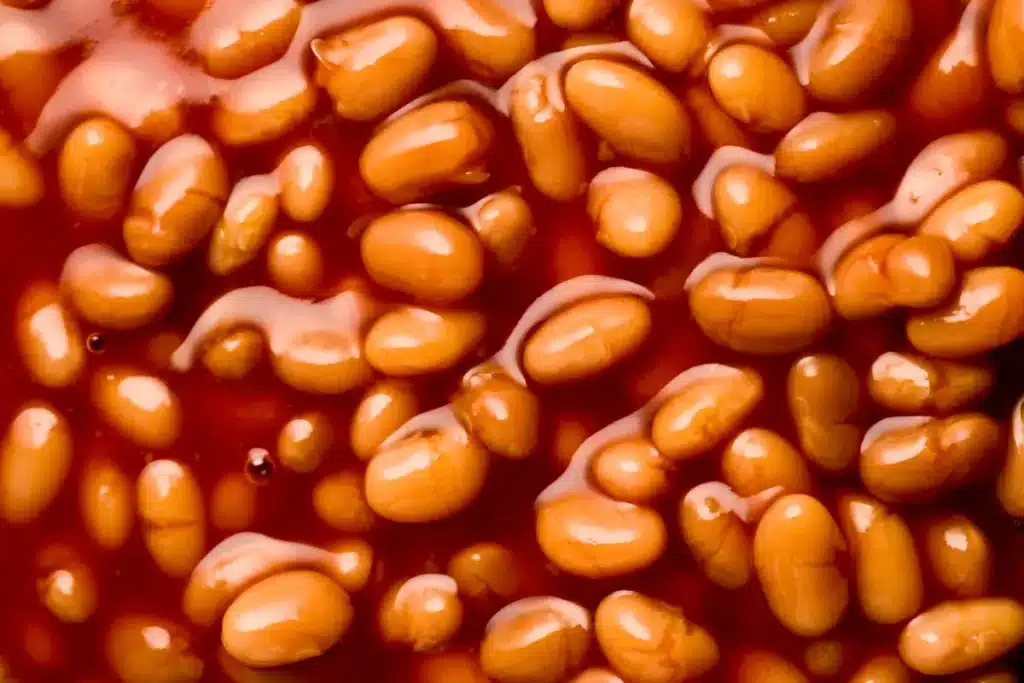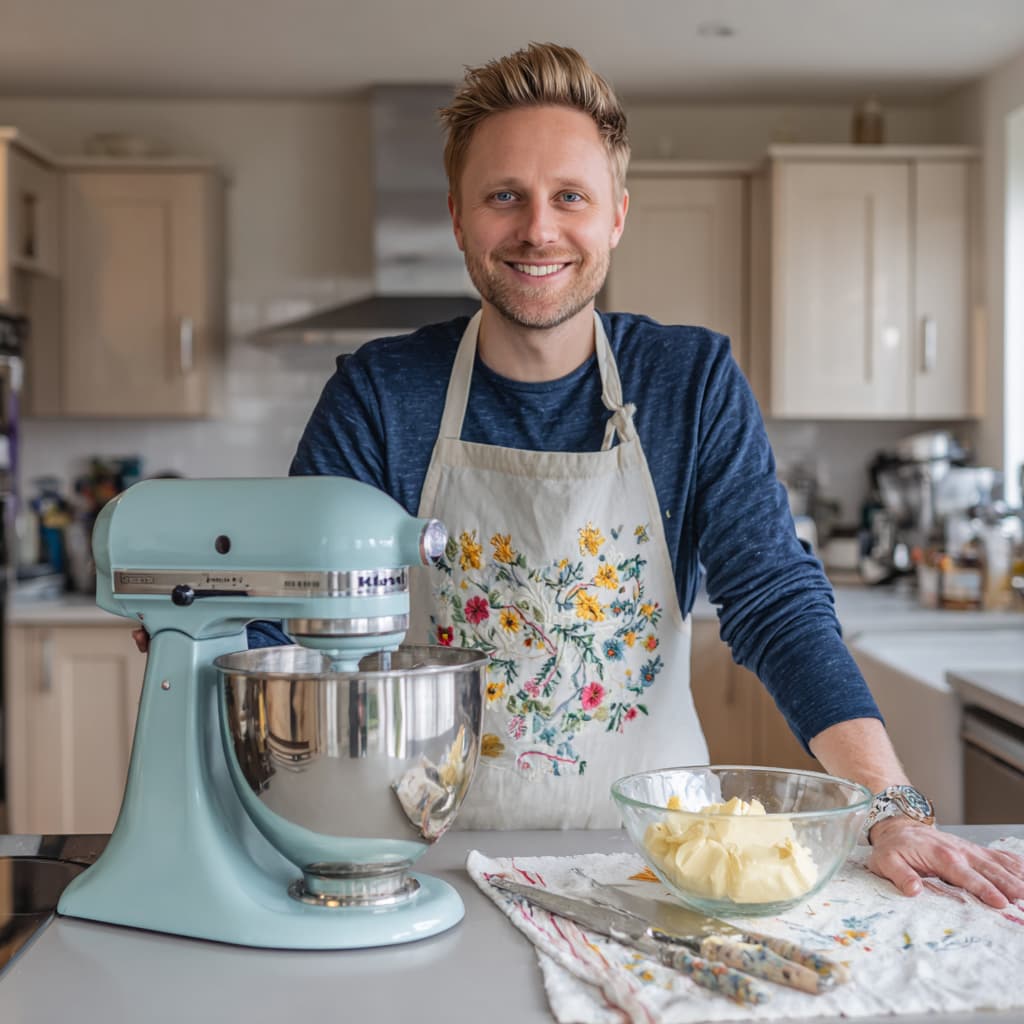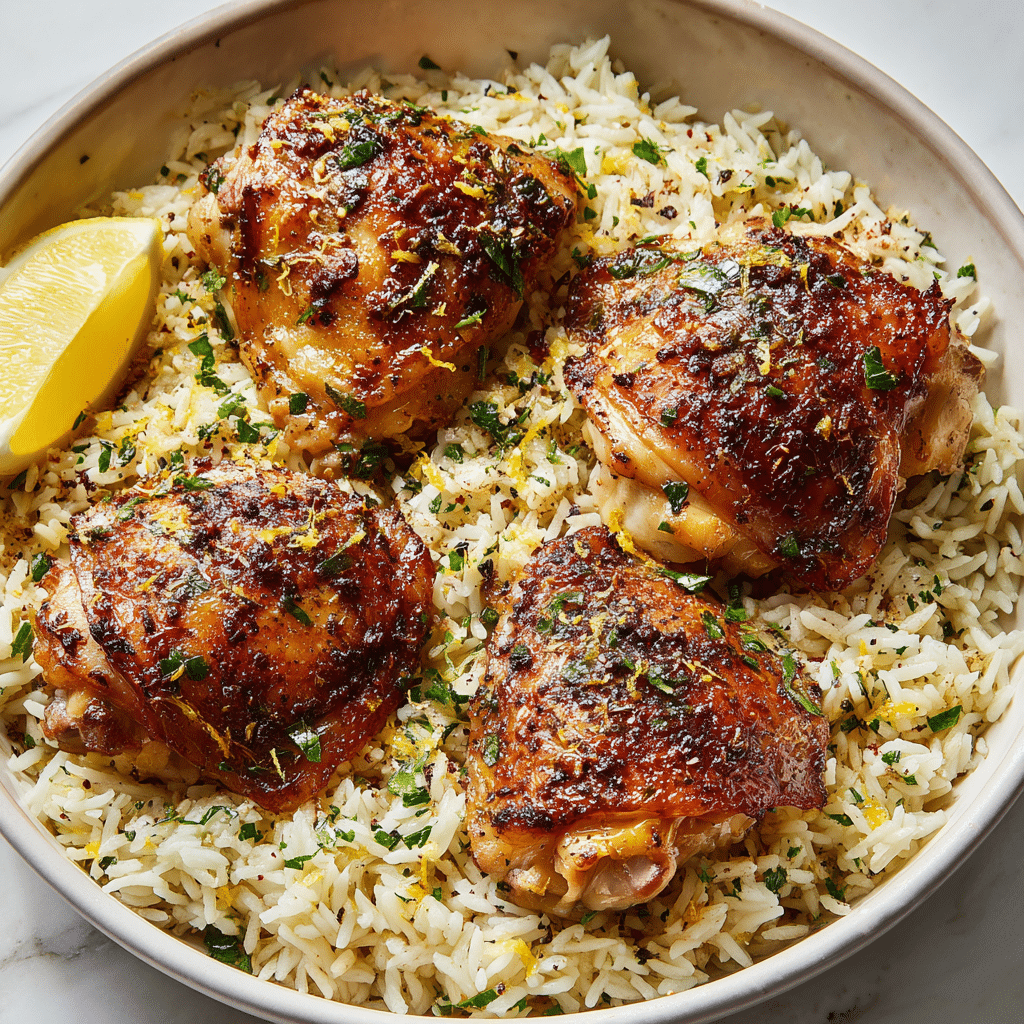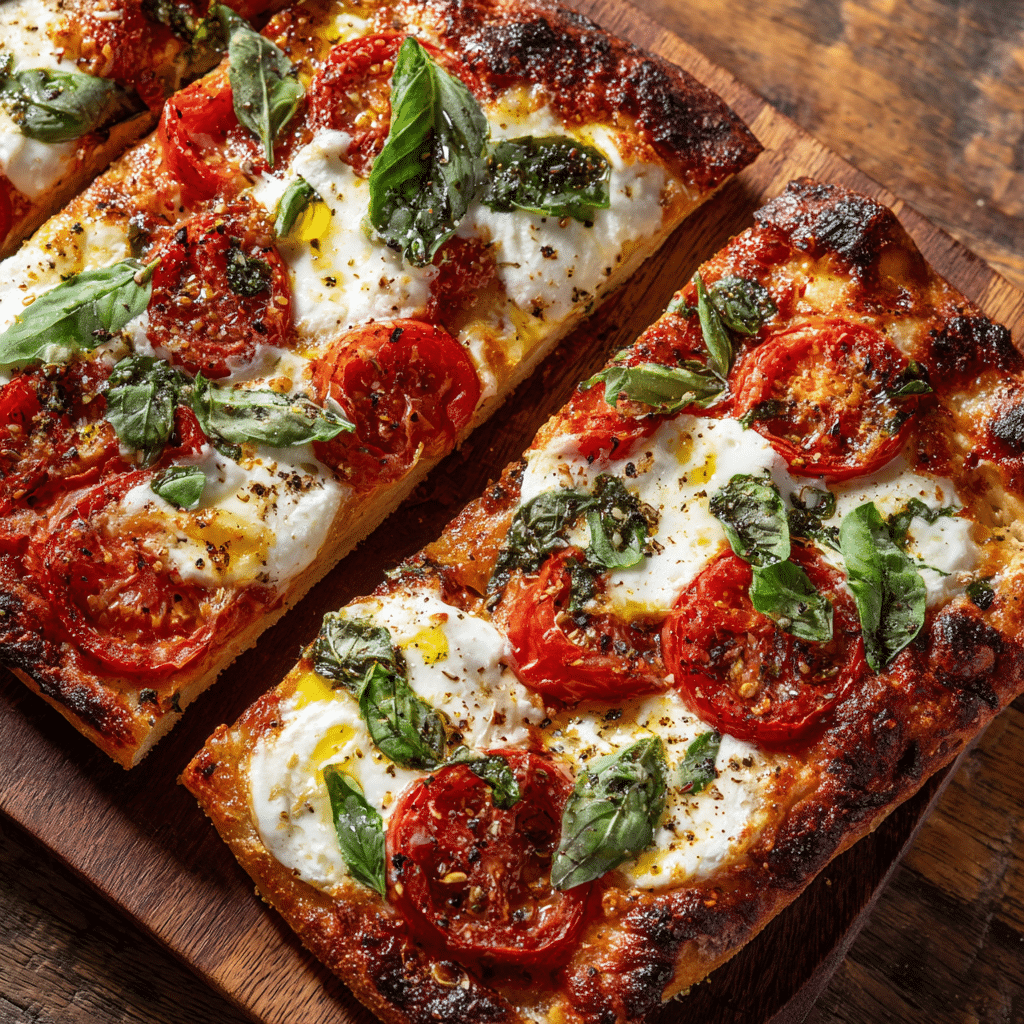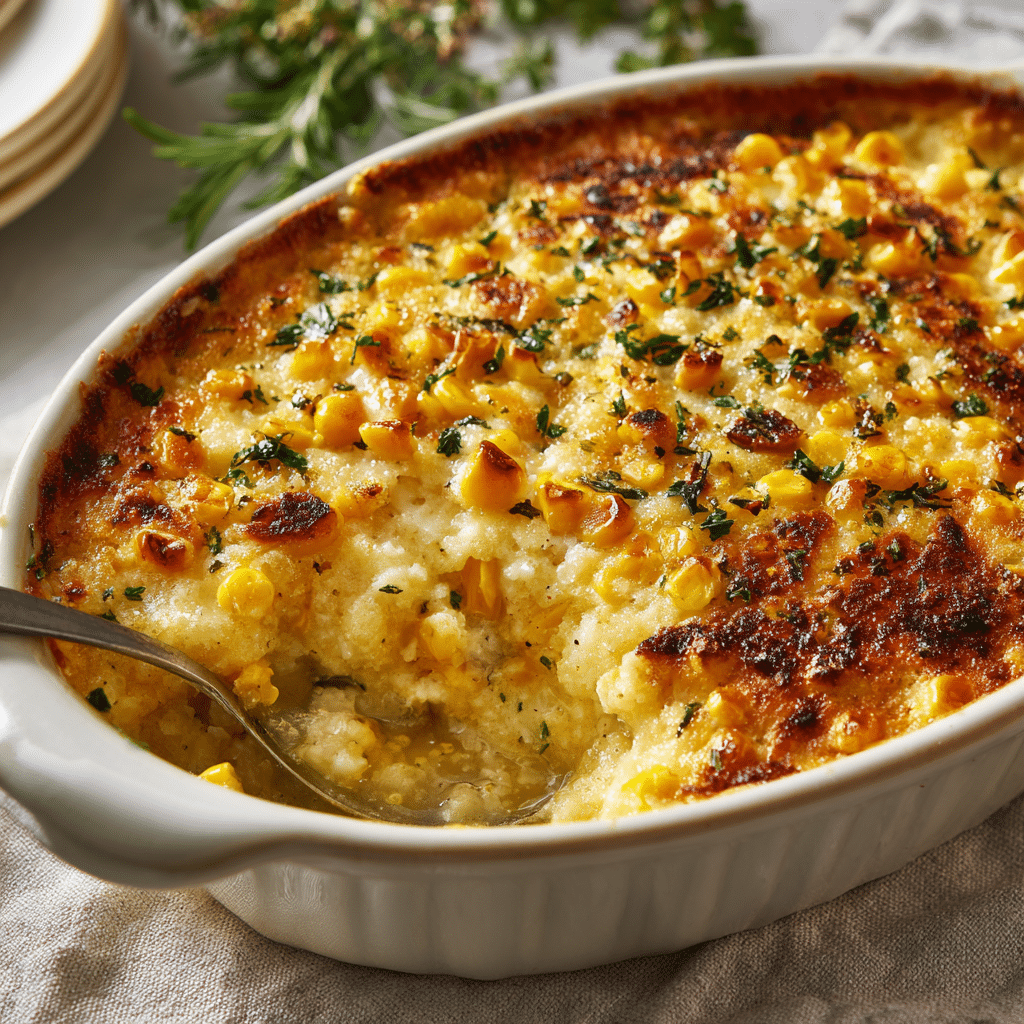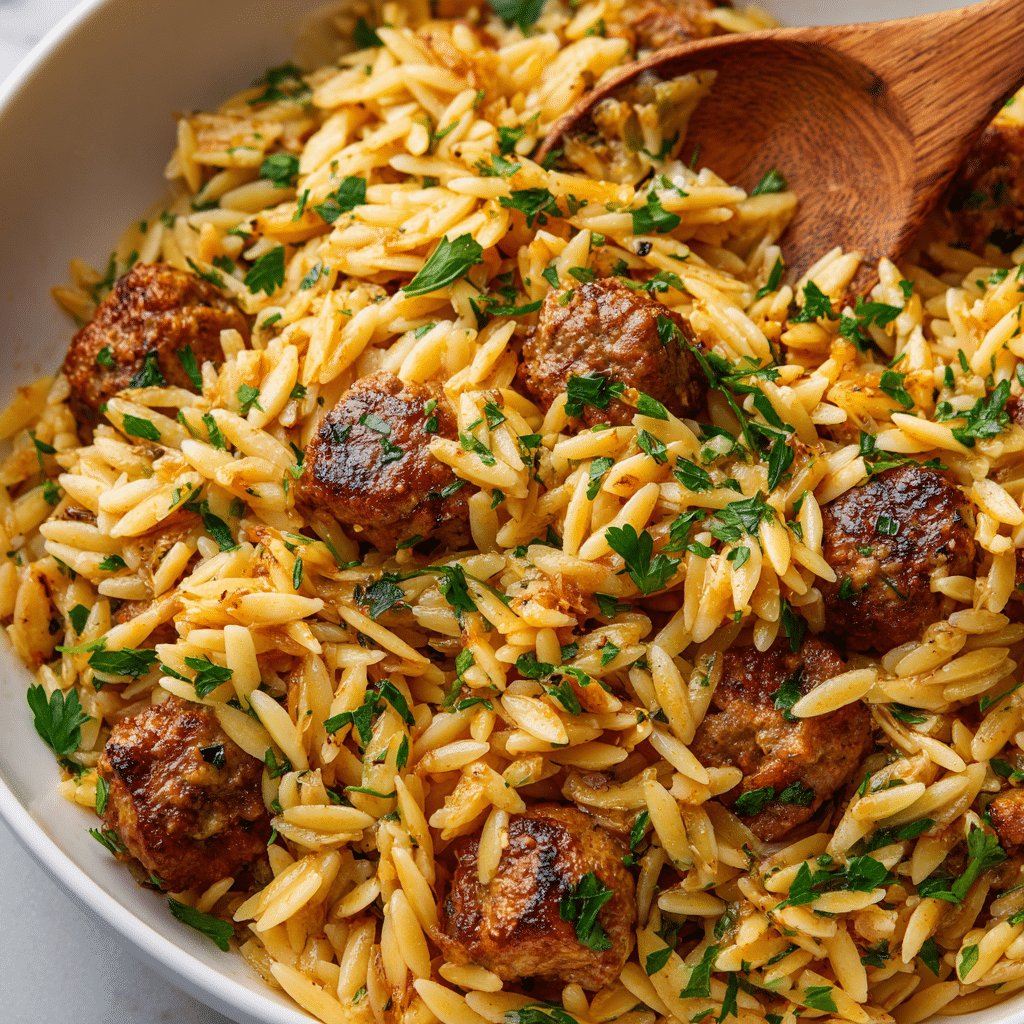In the cozy corners of kitchens worldwide, the humble bean takes center stage in a dish that’s as rich in history as it is in flavor: baked beans. This classic recipe, beloved by many, serves not just as a comforting meal but also as a testament to the culinary traditions that span across cultures. From the smoky depths of Southern barbecue to the hearty tables of New England, baked beans have cemented their place in the hearts of food lovers. In this article, we embark on a delicious journey, exploring the origins, nutritional benefits, and the myriad ways to prepare this versatile dish. So, let’s dive into the world of baked beans and discover the secrets to crafting the perfect pot.
Baked Beans
Ah, baked beans – a simple dish that carries a plethora of stories, flavors, and, dare we say, emotions. Who would’ve thought that such an unassuming ingredient could play a lead role in gatherings, quiet dinners, and even in the pages of culinary history? Well, buckle up, because we’re about to spill the beans on this beloved dish.
A Brief History of Baked Beans
Tracing the roots of baked beans, we find ourselves zigzagging across the globe. Originally, it’s believed that Native Americans introduced the early settlers to this dish, using maple syrup and bear fat to sweeten and enrich the beans. Fast forward a few centuries, and variations of the recipe have simmered in pots across various cultures, each adding its unique twist.
Popularity Across Cultures
From the barbecue pits of the American South, where beans bubble away with chunks of smoky bacon, to the British breakfast table, where they’re served on toast – baked beans have made their mark. Each version tells a story, a delicious narrative of the people and places that have embraced them.
Nutritional Benefits
Let’s not overlook the powerhouse of nutrition that baked beans boast. Rich in protein, fiber, and essential minerals, while being low in fat, this dish is more than just tasty; it’s a tribute to wholesome eating. Perfect for anyone looking to add a nutritious punch to their meals.
As we embark on this flavorful expedition, remember that baked beans are more than just a dish; they’re a canvas, ready to be painted with the ingredients and love you choose to stir in. So, grab your apron, and let’s dive deeper into the savory world of baked beans, exploring every nook and cranny of its delicious legacy.
Preparing for Your Baked Beans Recipe
Before we jump into the simmering and stirring, let’s get our ducks in a row. A masterpiece like baked beans starts with the right ingredients and tools. Here’s what you’ll need to whip up a batch of this comforting classic.
Ingredients List
Every great dish starts with quality ingredients. For our baked beans recipe, you’ll need:
- 1 lb dried navy beans (or any white beans of your choice)
- 1 large onion, finely chopped
- 3 tablespoons molasses
- 2 teaspoons salt
- 1/4 teaspoon ground black pepper
- 1/2 teaspoon dry mustard
- 1/2 cup ketchup
- 1 tablespoon Worcestershire sauce
- 1/4 cup brown sugar
- 8 oz bacon or salt pork (optional, for a vegetarian version, simply omit)
This simple yet versatile ingredient list lays the foundation for a dish that’s as rich in history as it is in flavor.
Required Kitchen Tools
Now, onto the tools that will transform these ingredients into the comforting dish we all love. You’ll need:
- A large pot or Dutch oven: For soaking and cooking the beans.
- A wooden spoon: Ideal for stirring your beans without scraping your pot.
- A measuring cup and spoons: Precision is key for balancing flavors.
- An oven-safe dish (if baking): To transfer your beans into the oven for that slow-cooked goodness.
With these tools in hand, you’re all set to embark on the culinary adventure of making baked beans. Remember, the beauty of this dish lies in its simplicity and the love poured into every step of the preparation. So, take your time, enjoy the process, and get ready for a taste that brings comfort and warmth to any table.
Stay tuned as we dive into the heart of the recipe, guiding you through each step to ensure your baked beans are nothing short of spectacular. Whether you’re a seasoned chef or a kitchen novice, these beans will bring a touch of homemade magic to your meals.
The Recipe Step by Step
Now that we’ve gathered our ingredients and tools, it’s time to roll up our sleeves and dive into the heart of making baked beans. Follow these steps to create a dish that’s sure to warm hearts and fill stomachs with its rich, comforting flavors.
Step-by-Step Cooking Instructions
- Soak the Beans Overnight: Start by soaking the dried beans in a large pot of water overnight. This step is crucial for softening the beans and reducing cooking time.
- Cook the Beans: Drain and rinse the soaked beans. Add fresh water to the pot, covering the beans by about 2 inches. Bring to a boil, then reduce the heat and simmer until the beans are tender—about 1 to 2 hours.
- Preheat Your Oven: If you’re going the traditional baking route, preheat your oven to 325°F (165°C).
- Prepare the Flavor Base: While the beans are cooking, take a skillet and sauté the chopped onion until golden. Add the molasses, ketchup, brown sugar, salt, pepper, and dry mustard, stirring to combine.
- Combine Beans and Flavor Base: Once the beans are tender, drain them, reserving some of the cooking liquid. Mix the beans with the flavor base, adding a bit of the cooking liquid to achieve a saucy consistency.
- Bake or Simmer: For baked beans, transfer the mixture to an oven-safe dish, and bake uncovered for about 3 hours, stirring occasionally and adding more liquid if it gets too dry. Alternatively, you can simmer the beans on the stove, stirring frequently, until the sauce thickens.
- Finishing Touches: If using, add chunks of bacon or salt pork on top of the beans before baking, or stir in cooked bacon pieces if simmering on the stove.
Tips for Ingredient Preparation
- Soaking Beans: Use plenty of water as the beans will expand. If you forget to soak them overnight, use the quick soak method: boil beans for 2 minutes, then let stand for 1 hour.
- Testing for Doneness: Beans are ready when they are tender and the skin breaks easily when blown on.
- Adjusting for Taste: Feel free to tweak the amount of sugar or molasses depending on how sweet you like your beans.
Cooking Time and Temperature Specifics
- Soaking Time: Overnight, or at least 8 hours.
- Boiling Beans: 1 to 2 hours on the stovetop.
- Baking Time: Approximately 3 hours at 325°F (165°C).
Variations of Baked Beans Recipes
Baked beans are a canvas waiting for your personal touch. Here are a few variations to spice up the classic recipe:
- Vegan Baked Beans: Omit the bacon and use a smoky-flavored sauce for depth.
- Spicy Baked Beans: Add a diced jalapeño or a teaspoon of chili flakes to the mix.
- Boston Baked Beans: Incorporate more molasses and replace ketchup with tomato sauce for a traditional
Whether you stick to the classic recipe or venture into variations, baked beans offer a delicious journey into the world of comfort food. Stay tuned as we explore more ways to enjoy and serve this versatile dish.
Serving and Pairing Suggestions
After the aroma has filled your kitchen and the beans have reached their perfect consistency, it’s time to think about how to serve and pair your delicious baked beans. This dish, versatile and hearty, can be the star of a meal or a splendid side dish. Here’s how to make the most out of your freshly made baked beans.
Serving Suggestions
Baked beans shine bright like a culinary star in various settings, from casual barbecues to cozy winter dinners. Here are some ideas:
- As a Breakfast Delight: Serve your baked beans on toasted artisan bread for a filling breakfast. A classic British way, it’s both simple and incredibly satisfying.
- The Perfect BBQ Companion: No barbecue is complete without a side of sweet and savory baked beans. They complement grilled meats and vegetables beautifully.
- A Warm Winter Side Dish: Pair with roasted meats or vegetarian stews for a comforting winter meal. The beans add a lovely depth and richness.
Pairing with Baked Beans
The rich, complex flavors of baked beans make them a fabulous companion to a variety of dishes. Here are a few pairing ideas:
- With Grilled Meats: The smoky sweetness of the beans pairs wonderfully with the charred flavors of grilled chicken, pork, or beef.
- Vegetarian Options: For a vegetarian feast, serve your beans alongside grilled portobello mushrooms or a hearty vegetable casserole.
- Comfort Food Galore: Elevate your comfort food game by serving baked beans with macaroni and cheese or a classic grilled cheese sandwich.
In every spoonful of baked beans, there’s a story of tradition, comfort, and the simple joys of cooking at home. Whether you’re serving them up as the main course or as a side, they’re bound to be a hit. Now, let’s turn our attention to how to store and reheat leftovers, ensuring that yourbaked beans recipe remain delicious for days to come.
Storing and Reheating
After savoring the rich, comforting flavors of homemade baked beans, it’s likely you’ll have some leftovers. Don’t let a single bean go to waste! With the right storing and reheating techniques, you can enjoy your delicious creation for days to come. Here’s how to keep those beans tasting just as good as they did fresh out of the oven or off the stove.
Storing Leftovers
Proper storage is key to extending the life of your baked beans and maintaining their flavor and texture.
- Cooling Down: Allow the beans to cool to room temperature before storing. However, don’t leave them out for more than 2 hours to avoid bacteria growth.
- Refrigeration: Transfer the cooled beans into airtight containers and refrigerate. Properly stored, baked beans will last for up to 4 days in the fridge.
- Freezing: For longer storage, baked beans freeze wonderfully. Spoon the beans into freezer-safe bags or containers, leaving some space for expansion. They can be frozen for up to 6 months. Thaw overnight in the refrigerator before reheating.
Reheating Guidelines
Reheating baked beans recipe properly can help preserve their taste and texture. Here’s how to do it:
- Oven Method: Preheat your oven to 350°F (175°C). Place the beans in an oven-safe dish, cover with aluminum foil, and bake until heated through—about 20 to 30 minutes. Add a splash of water if they seem dry.
- Stovetop Method: Pour the beans into a saucepan and reheat them over medium heat. Stir occasionally, and add a little water or broth if they appear too thick. This method usually takes about 10 minutes.
- Microwave Method: For a quick option, microwave the beans in a microwave-safe container. Cover with a microwave-safe lid or plastic wrap, stirring every couple of minutes, until thoroughly warmed. Again, add a little liquid if necessary.
Reheating baked beans slowly on a lower heat will help keep the flavors intact and prevent the beans from becoming too dry. Always ensure that the beans reach a temperature of 165°F (74°C) to ensure they are safe to eat.
By following these storing and reheating tips, you can make the most of your baked beans recipe enjoying the fruits of your labor across multiple meals. Not only does this approach maximize flavor, but it also promotes food sustainability by reducing waste. So, the next time you find yourself with a pot full of beans, rest assured knowing they can provide comfort and nourishment well beyond their initial serving.
FAQs
After diving into the history, preparation, and enjoyment of baked beans, you might still have a few questions. Whether you’re curious about variations or seeking tips to perfect your dish, this FAQ section aims to cover those burning queries. Let’s get into some common questions about baked beans.
Can I Use Canned Beans Instead of Drying Ones?
Absolutely! While dried beans offer a certain depth of flavor and texture, canned beans are a great time-saver. If you choose canned beans, rinse them thoroughly to remove excess sodium and adjust the salt in your recipe accordingly. Keep in mind, the cooking time will be significantly shorter.
How Can I Make My Baked Beans Thicker?
If your beans are looking a bit more like bean soup, there are a couple of ways to thicken them up. First, you can remove the lid for the last 30-45 minutes of baking to allow some of the liquid to evaporate. Another method is to mash a small portion of the beans and stir them back into the pot. Both techniques will give you that rich, hearty consistency baked beans recipe are known for.
Are Baked Beans Healthy?
baked beans recipe can be a healthy addition to your diet, offering a good source of protein, fiber, and essential nutrients like iron and potassium. However, it’s wise to be mindful of added sugars and sodium. For a healthier version, consider making your beans with less sugar or salt, and opt for natural sweeteners like maple syrup or honey.
Can Baked Beans Be Made in a Slow Cooker?
Yes, the slow cooker is an excellent tool for making baked beans recipe. It’s especially handy for achieving that deep, melded flavor without having to keep an eye on the oven. Simply combine all ingredients in the slow cooker and set it on low for 6-8 hours or on high for 3-4 hours. Remember to soak your dried beans beforehand, just as you would for oven baking.
What’s the Best Way to Serve Baked Beans?
Baked beans are incredibly versatile. Serve them hot as a side dish with grilled meats, as part of a hearty breakfast, or over toast for a simple, satisfying meal. They also make a great base for a bean casserole or as a filling for baked potatoes.
This FAQ section should have answered some of your lingering questions about baked beans. With these tips and tricks, you’re well on your way to becoming a baked bean aficionado, ready to impress with your culinary prowess. Remember, the best dishes are made with a pinch of creativity and a spoonful of love.
